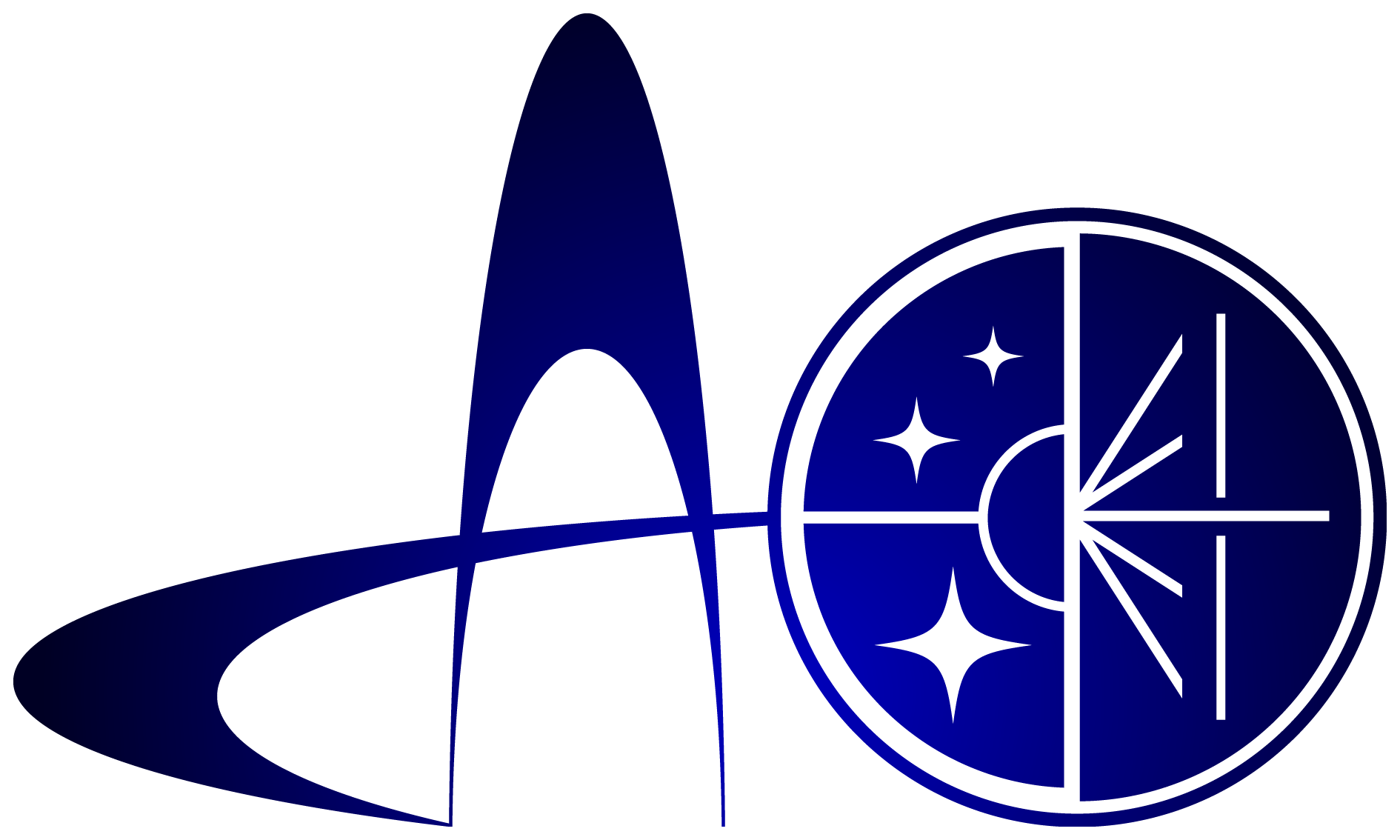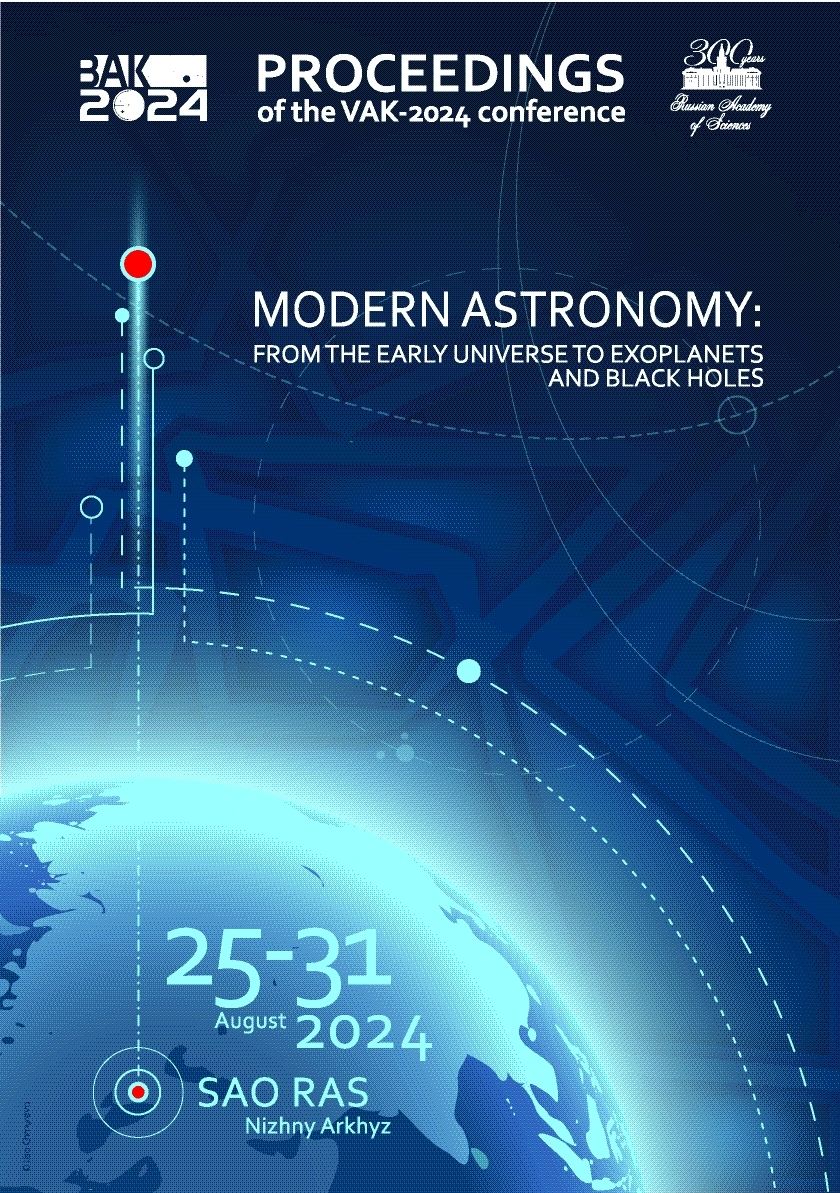Sternberg Astronomical Institute, Moscow State University
UDC 53
UDC 520
UDC 521
UDC 523
UDC 524
UDC 52-1
UDC 52-6
CSCSTI 41.00
CSCSTI 29.35
CSCSTI 29.31
CSCSTI 29.33
CSCSTI 29.27
CSCSTI 29.05
Russian Classification of Professions by Education 03.06.01
Russian Classification of Professions by Education 03.05.01
Russian Classification of Professions by Education 03.04.03
Russian Library and Bibliographic Classification 2
Russian Library and Bibliographic Classification 223
Russian Trade and Bibliographic Classification 614
Russian Trade and Bibliographic Classification 6135
BISAC SCI004000 Astronomy
BISAC SCI005000 Physics / Astrophysics
We present a promising strategy for wormhole (WH) search using astronomical observations. By identifying a net effect of anomalous gravitational acceleration may allow for assumptions regarding the hidden WH nature of a black hole (BH). We provide an upper estimate of this effect for several stars in known BH systems such as S2 and S62 orbiting around Sgr A*; along with modeling a synthetic system consisting of a traversable WH, a star on our side and a perturbing object on the other side of a WH. We also consider recently discovered objects from GAIA catalogue data – GAIA BH1, BH2 and BH3. We show that in the traversable WH model a perturbing object (star) located on the other side of the WH throat is capable of causing a significant anomalous acceleration of an object (star) on the observer’s side. This effect is observed to be more significant than other competing factors, including disturbances from nearby stars and the influence of the dark matter halo. The estimated magnitude of the anomalous acceleration varies from $10^{-4}$ to $10^{-2}$ cm$/$sec$^2$, which corresponds to the current accuracy of acceleration measurements. In the future, this may allow for a more precise estimation of the desired effect.
gravitation, black hole physics; astrometry; binaries: general
1. Dai D. and Stojkovic D., 2019, Phys. Rev. D 100, id. 083513
2. Einstein A. and Rosen N., 1935, Phys. Rev., 48, 1, p. 73
3. El-Badry K., Rix H.W., Cendes Y., et al., 2023, Monthly Notices of the Royal Astronomical Society, 521, 3, p. 4323
4. El-Badry K., Rix H.W., Quataert E., et al., 2023, Monthly Notices of the Royal Astronomical Society, 518, 1, p. 1057
5. Gaia Collaboration, 2024, Astronomy & Astrophysics, 686, id. L2






